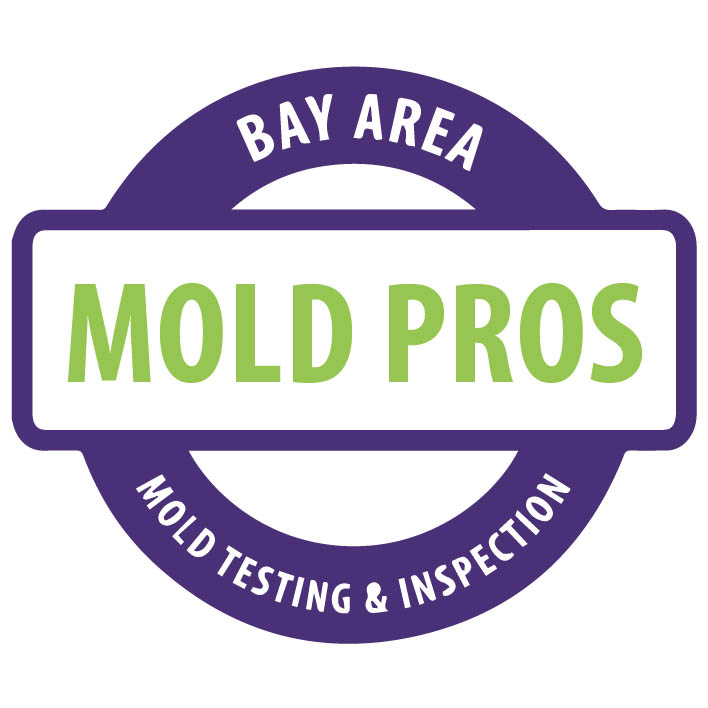Hi, it’s Rick from Bay Area Mold Pros. What happens when your toilet overflows in your bathroom? Can this lead to mold? The simple answer is absolutely. It can. Let’s take a look at some video. I took last night at a mold inspection in a neighborhood close by to where I live. Very common problem. This toilet was leaking nine months ago.
Would overflow. Probably for about two hours, according to the homeowner, they came up and did what people routinely do, which is to soak up all the water with towns. They dried it out and they thought they were good to go. If you look closely at the base of the toilet, you can see that there’s no clock down there now.
Caulking. Toilet to the floor. Tile is not a complete fail safe in terms of if there’s a leak, but it does help to keep the water out from the area under the toilet. In the event, it does leak starting back here. We’re only a couple of feet away from the front of the.
Very low moisture reading on the thermal imager.
We move back another tile and we literally have a zero moisture rating. So let’s move up closer to the.
So moving one tile closer to the toilet, we’ve gone from a reading of zero moisture to 83 directly adjacent to the toilet. We’ve got a reading of about 85. So it is very likely that the entire substrate to this tile and probably the underlying sub floor is saturated with water. So what happens when you have a toilet leak in your home?
Well, it depends on where that toilet is. If you’re lucky and the toilet is on the ground floor of your home, you most likely have a crawl space. And the good news is you can get into that crawl space and you have access to what is probably open for. And it’s easier to dry out. And the case that this leaky toilet, this was on the second story of the home directly below this toilet was the garage and the garage was dry wall.
And what that means is that the water that leaked into the flooring framing between the garage and the bathroom, it was saturated with water and it couldn’t dry out. It was hidden by drywall. The owners of this home actually noticed a discoloration on the drywall in the ceiling of their garage, but it was many months after the leak had occurred.
And that’s when they called me. When you looked up at the dry wall, it looked like a science experiment. It was saturated with water. There was visible mold on the dry. And this was all the result of having not dried out the area properly and immediately. So the lesson here, when you have a toilet leak, absolutely dry the area out, but you’d need to dry everything out completely, not only on the surface, but below that toilet whatever’s below there is also saturated with.
And if you’re on the second story of a home, you have to open that drywall up. That’s the only way you can get into that framing and dry it out. So that’s what you need to remember. Second story, toilet leak, or any other leak, open up the drywall, dry it out.
